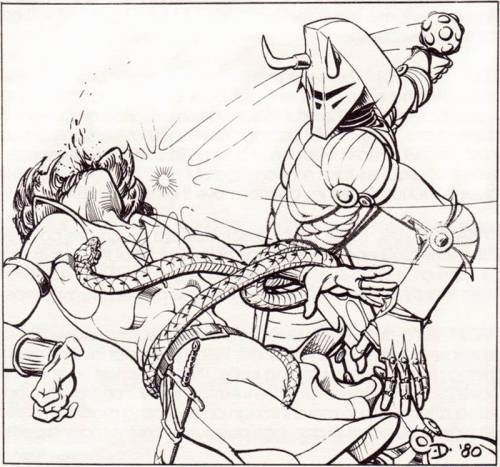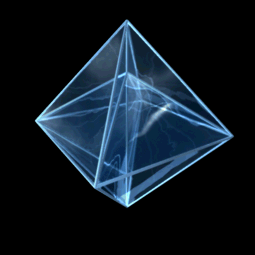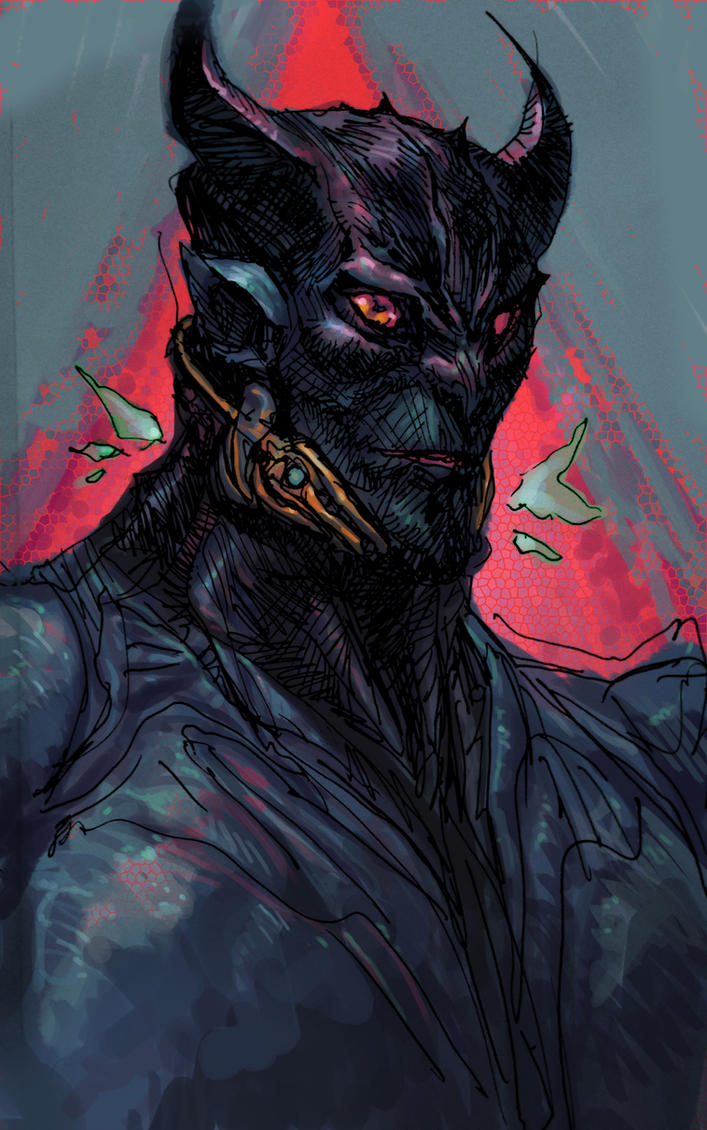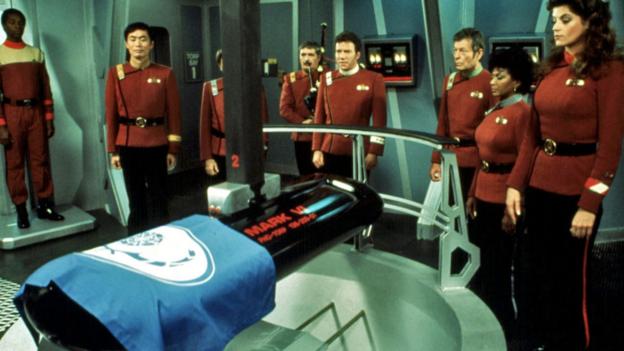The lucifugal monsters called deodands are a sinister, lurking presence in the dark places of Subazurth. The Gleimous variety may well be the most foul of them, adding the insult of its slimy excess to the already sufficient injury of its anthrophagousness. No specimen of a gleimous deodand has ever been examined in detail, but the reports of those unlucky enough to have encountered them and lucky enough to have survived give the impression of a hunched and hairless body, emaciated, but suprisingly strong. At least three, bloodshot eyes of differing sizes protrude from their flat faces, and a great, multi-headed, wet, worm-like tongues writhes between fearsomely toothed jaws, agape and heavily drooling. This heavy drool it wipes on its arms and hands and is what gives the beast its name.
They are recognized by their peculiar vocalizations: an idiot snickering, punctuated by the occasional sniffle, and wet, lip-smacking sounds. They tend to mark potential pray by licking the unfortunate first or perhaps starting with their unattended belonging before moving to the individual. Later, they snatch them from the darkness. They tend to feed on skin, striping it with their abrasive tongues, and them dismember the corpse to more easily break the bones and suck out the marrow. The flesh itself is left for the scavengers.
large monstrosity, neutral evil
AC 21 (natural armor)
Hit Points: 139 (13d10+74)
Speed: 30 ft.
STR 17(+3) DEX 18(+4) CON 20(+5) INT 11(+0) WIS 12(+1) CHA 17(+3)
Saving Throws Str +7 Dex +8 Con +9 Wis +5
Damage Resistances bludgeoning, piercing, and slashing from nonmagical weapons that aren't silvered
Damage Immunities poison
Senses Truesight 60 ft., passive Perception 11.
Magic Resistance. A gleimous deodand has an advantage against spells and other magical effect.
Slime. A creature that touches a gleimous deodand or hits it with a melee attch while within 5 ft. must make a DC 12 dexterity save or take 3 (1d6) points of acid damage from flying drool.
Sunlight Weakness. In anything brighter candlelight, deodand have a disadvantage to attack rolls, ability checks, and saving throws. Bright sunlight causes them to melt like film in a projector, losing i hit dice worth of hit points a round.
Actions:
Multiattack. A gleimous deodand may make two claw attacks and one bite or tongue lash.
Claw. +8 to hit. 10 ft. reach, 1 target. Hit: 11 (1d8+7) damage.
Tongue Lash. +9 reach 10 ft.; one target. Hit: 10 (1d6+7) damage plus 1d6 acid damage from caustic saliva.
Bite. +8 to hit, reach 5 ft., one target. Hit: (1d8+7) plus 1d6 acid damage from caustic saliva.






%2B001-036.jpg)










%2B001-048-earth-35.jpg)






%2B001-030-Earth-6.jpg)
%2B001-058.jpg)








